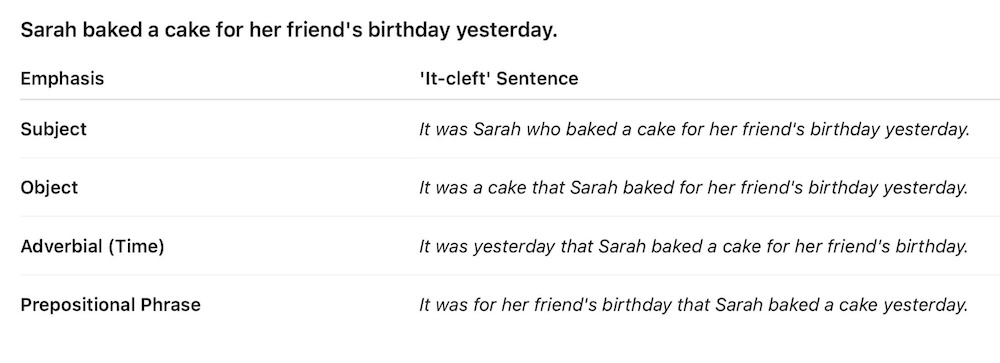- Home
- Phrases & Clauses
- Prepositional Phrase
Prepositional Phrase
A prepositional phrase is a group of words that has a preposition as its headword followed by an object (noun, pronoun, gerund, or clause) and any words that modify the object.
Here are the possible patterns of these types of phrase:
Preposition + noun, pronoun, gerund, or clause
Preposition + modifier + noun, pronoun, gerund, or clause
Prepositions can be single words such as to, of, about, before, behind, in, with, despite, but also multi-words such as in front of, in spite of, because of, near to, ahead of.
The purpose of a preposition is to draw out the relationship between a noun or pronoun and another word in a sentence.
Examples of Prepositional Phrases
These are examples of prepositional phrases based on the first pattern as they just contain preposition + noun, pronoun, gerund, or clause but there are no modifiers.
Preposition + noun
- He drove to town
- I'm scared of ghosts
- Please come at 6pm
- Peter became ill after Ian
- Because of the weather, he didn't go
- The car in the garage is mine
- The man with the wig looks silly
Preposition + pronoun
- I read about him yesterday
- She arrived before them
- He bought it for her
- Come with me please
- She is sitting next to him
Preposition + gerund
- He passed the exam by cheating
- You should say goodbye before leaving
- After finishing dinner, she left
- Despite failing the test, she was offered a place
- He's far from finishing his book
Preposition + clause
- Are you the person with whom I spoke earlier?
- He walked in spite of the fact that it was raining
Preposition + modifier + noun / pronoun / gerund / clause
Modifiers can then be added to some of these to make the second prepositional phrase pattern:
- He drove to the old town
- I'm scared of screaming ghosts
- Please come at exactly 6pm
- Peter became ill after poor old Ian
- Because of the terrible weather, he didn't go
- The car in the white garage is mine
- The man with the big red wig looks silly
Prepositional Phrases as Modifiers
The whole prepositional phase, however, can act as a modifier when it functions as an adverbial phrase or adjective phrase.
Prepositional Phrase as Adverbial Phrase
It functions as an adverbial phrase when it modifies a verb.
If we take a look at some of the same sentences as above for preposition + noun / pronoun, in all of these cases the phrase is modifying the verb that precedes it. It is therefore acting as an adverbial.
Remember that adverbials give additional information about time, place, manner, purpose, condition, result, reason, and concession. They answer questions such as where, when, why, how.
Here are some examples. The prepositional phrase is in red and the verb being modified is in blue:
Adverbial Phrase of Place:
- He drove to the old town
Adverbial Phrase of Time:
- Please come at exactly 6pm
Adverbial Phrase of Reason:
- Because of the terrible weather, he didn't go
Prepositional Phrase as Adjective Phrase
Prepositional phrases can also act as adjectives by modifying nouns. The noun is in blue and the prepositional phrase modifying it as an adjective is in red:
- The car in the white garage is mine
- The man with the big red wig looks silly
The phrases are acting as adjectives because they are describing the noun.
New! Comments
Any questions or comments about the grammar discussed on this page?
Post your comment here.




